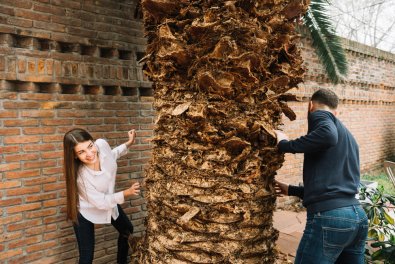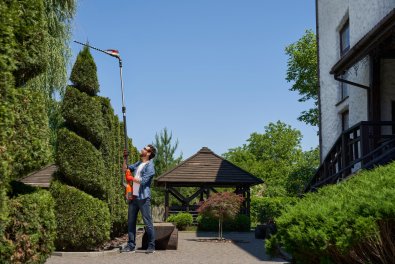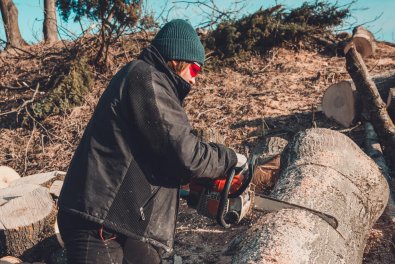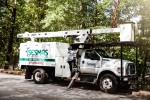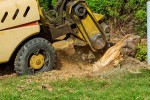What are Girdling Roots and How do They Effect Trees?
If you know what girdling roots are, then you know how devastating they can be for your trees. Those who do not know about girdling roots should find out as soon as possible. Your friends at Sesmas Tree Service have put together this article to run you through some of the basics. We’ll describe girdling roots and its causes, summarize the risks, and go over some prevention and treatment options. Call Sesmas Tree Service if you prefer to let a trained arborist take care of your struggling trees. We are always happy to help.
What Are Girdling Roots?
Girdling roots are lateral tree roots at or slightly below the soil surface and cut into at least one side of the main tree trunk. They are caused by a variety of possible reasons including nursery and transplanting methods, root restrictions, and more.
The Risks of Girdling Roots
Girdling roots put pressure on the tree and restrict the flow of water and nutrients through the tree. They practically suffocate the tree. Over time, trunks and stems weaken from this malnutrition and the tree may die in five to fifteen years. When you factor in other environmental stresses and diseases, you can witness your tree die much quicker. To make matters worse, practices like fertilization, irrigation, and pruning will not counterbalance the slow in growth due to the girdling roots. This is why you should seek treatment for your tree as soon as you identify girdling roots.
Causes and Prevention
When plants are held in containers, their roots grow until they no longer fit in the container. Eventually, the roots begin to circle around in the pot and girdle the tree.
When you take these trees out of the container, be sure to loosen and spread out these roots in the planting hole before covering the roots with soil. If the girdling roots have been in the container for long, then the roots may be woody and will have to be cut as they will not be flexible and will have taken the shape of the container.
As a final note, make sure that the soil is not packed so tight that it obstructs the healthy growth of the roots. Compacted soil can cause a similar situation to the container example. In short, make sure the roots have plenty of room to grow uninhibited.
What Is the Solution?
The girdling root must be removed if you want to save your tree from premature death. However, this must be done with care so as to not injure the trunk cambium beneath the root.
To begin, you will have to excavate the soil to uncover the full length of the girdling roots that must be removed. Then use a saw or chisel to cut the root between 6 inches to a foot out from the trunk. Avoid violently pulling the root from the embedded area as this can damage the cambium. Very large girdling roots will have to be treated in stages since they may be supplying water and nutrients to the canopy.
Call Sesmas Tree Service if you would like to, instead, hire an ISA-Certified arborist. Our friendly representatives are always happy to help.




